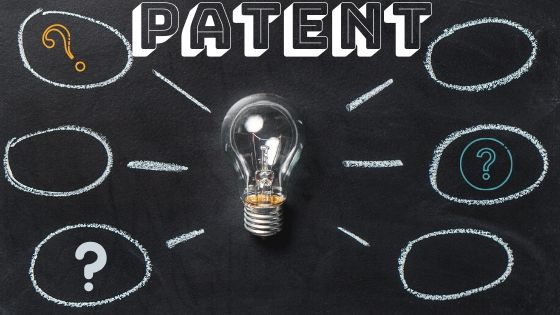Do you have an invention or idea that you want to patent? There are three major factors in patenting success. Most people think that all they have to do is come up with a good idea for a product and they can instantly get a patent.
Unfortunately it is not that easy. Getting a patent requires hard work and meeting three specific objectives that you should make sure you have before you even start. Those three things are usefulness, novelty, and non-obviousness and you can read about them on http://collegian.csufresno.edu/2019/07/22/should-i-use-inventhelp-to-bring-my-invention-to-life/ in details.
Usefulness:
Usefulness is probably the easiest of the three factors to prove. It obviously means that the invention must be useful to someone. That mean simply useful to the inventor seek a patent. Usefulness includes that fact that the invention actually operates that way it was intended to. You cannot patent an idea for a product or invention. You may only patent the actual working invention.
Novelty:
Novelty means a product or process for doing something, a design that has never before existed in all of human kind. No one has ever heard of or seen anything like this before.
If the invention has ever been publicly talked about or a report published about it before the applicant for a patent applied for a patent, it will be declined. If you have an invention it is best not to talk about it until you file for a patent.

If you have publically talked about the invention or have publically sold the product in the U.S. you must file a patent application within one year of these events or you forfeit your right for a patent.
To have patenting success your invention must be truly unique. Make sure that there are not any similar products on the market. Differentiate your product from any similar product in a significant way. If you do not, you may not meet the novelty requirement.
Non-Obviousness:
This means that the invention is so unique that an expert in the field would not have normally thought of it. For example, a software designer may add a small feature to an already existing design and try to patent it. This is not non-obviousness. You can just alter a few things and call it a new invention. If you develop a new piece of software and another expert in the field says “Wow! I wish I had thought of that” you have non-obviousness.
In conclusion…
If you have an invention that meets the three factors discussed above you have a fairly good chance of getting a patent. Keep in mind though, that you truly have to prove these things to some pretty tough judges. The U.S. patent office (commonly known as the USPTO) has some stringent guidelines you must meet and it is very well explained here – https://www.sfexaminer.com/marketplace/how-can-you-benefit-from-inventhelp/.